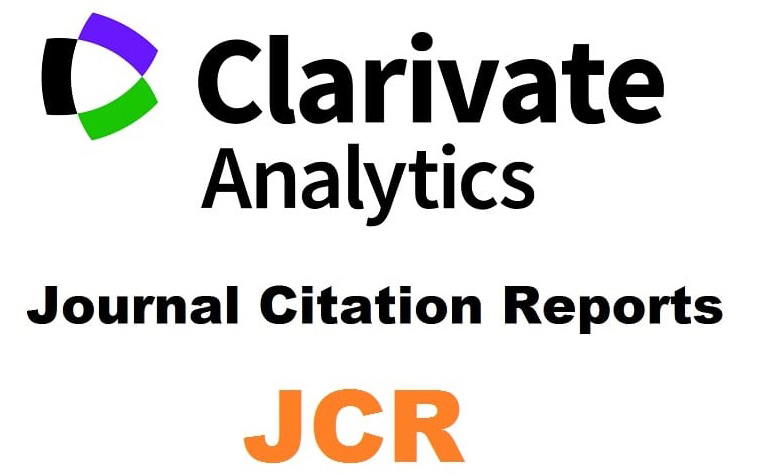Desigualdades Horizontales, Guerras y Paz Violenta en el Norte de Uganda
Schlagworte:
Uganda, Acholis, Ejército de Resistencia del Señor, desigualdades horizontales, paz violenta, capitalismo de amiguetes.Abstract
Este artículo explica el papel desempeñado por las desigualdades horizontales en el norte de Uganda, en la guerra que condujo a Museveni al poder en 1986 y en la guerra de veinte años que éste libró contra el Ejército de Resistencia del Señor. La investigación presenta la definición de la enemistad política con base en el clivaje norte sur, entre nilóticos y bantúes, como el mecanismo explicativo que conecta las desigualdades horizontales con la dinámica de la guerra civil y con el carácter violento del postconflicto ugandés, en un escenario marcado por el autoritarismo y el capitalismo de amiguetesDownloads
Literaturhinweise
Allen, Tim y Koen Vlasenroot. (2010). Introduction. En The Lord’s Resistance Army. Myth and reality, eds. Tim Allen y Koen Vlasenroot, 1-21. New York: Zed Books.
Atkinson, Ronald. (2010a). ‘The realists in Juba’? An analysis of the Juba peace talks. En The Lord’s Resistance Army. Myth and reality, eds. Tim Allen y Koen Vlasenroot, 205-222. New York: Zed Books.
Atkinson, Ronald. (2010b). The roots of ethnicity. Origins of Acholi of Uganda. Kampala: Fountain Publishers.
Boix, Carles. (2008). Civil wars and guerrilla warfare in the contemporary world: toward a joint theory of motivations and opportunities. En Order, conflict and violence, eds. Stathis Kalyvas, Ian Shapiro y Tarek Masoud, 197-218. Cambridge: Cambridge University Press.
Branch, Adam. (2010). Exploring the roots of LRA violence: political crisis and ethnic politics in Acholiland. En The Lord’s Resistance Army. Myth and reality, eds. Tim Allen y Koen Vlasenroot, 25-44. New York: Zed Books.
Branch, Adam. (2011). Displacing human rights. War and intervention in northern Uganda. Oxford: Oxford University Press.
Brubacher, Matthew. (2010). The ICC investigation of the Lord’s Resistance Army: An insider’s view. En The Lord’s Resistance Army. Myth and reality, eds. Tim Allen y Koen Vlasenroot, 262-277. New York: Zed Books.
Butagira, Tabu. (2016). Ugandans are desperate for democracy, Yoweri Museveni only gives them tyranny. The Guardian, 22 de febrero. http://www.theguardian.com/commentisfree/2016/feb/22/uganda-democracy-yoweri-museveni-tyranny-president-force-intimidation
Frankema, Ewout. (2009). The distribution of land holdings by country. En Poverty, inequality and policy in Latin America, eds. Stephan Klasen y Felicitas Nowak-Lehman, 303-309. Cambridge: The MIT Press.
Harvey, David. (2007). Neoliberalism as creative destruction. Annals of the American Academy of Political and Social Science 610: 22-44.
Kanbur, Ravi y L. Squire. (2001). La evolución del pensamiento sobre la pobreza. Explorando las interacciones. En Fronteras de la economía del desarrollo. El Futuro en perspectiva, eds. Gerald Meier y Joseph Stiglitz, 173-217. Bogotá: Banco Mundial.
Kasfir, Nelson. (2000). ‘Movement’ democracy, legitimacy and power in Uganda. En No-party democracy in Uganda. Myths and realities, eds. Justus Mugaju y J. Oloka-Onyango, 60-78. Kampala: Fountain Publishers.
Kasozi, A.B.K. (1994). The social origins of violence in Uganda. Kampala: Fountain Publishers.
Martiniello, Giuliano. (2013). Accumulation by dispossession. Agrarian change and resistance in northern Uganda. Working paper No. 12. Makerere Institute of Social Research. Makerere University.
Moses, Mubiru. (2014). 10 Ugandan family businesses and what we learn from them. The Business Owner Magazine, 2(17), 14-18.
Mugaju, Justus y J. Oloka-Onyango. (2000). Introduction: revisiting the multiparty versus movement system debate. En No-party democracy in Uganda. Myths and realities, eds. Justus Mugaju y J. Oloka-Onyango, 1-7. Kampala: Fountain Publishers.
Samset, Ingrid. (2011). Building a repressive peace: The case of post-genocide Rwanda. Journal of Intervention and Statebuilding 5 (3): 265-283
Stewart, Frances. (2009). Policies towards horizontal inequalities in post-conflict reconstruction. En Making peace work: the challenges of social and economic reconstruction, eds. Tony Addison y Tilman Brück, 146-174. New York: Palgrave-Macmillan.
Paris, Roland. (2004). At war’s end. Building peace after civil conflict. Cambridge: Cambridge University Press.
Pierson, Paul. (2004). Politics in time. History, institutions and social analysis. Princeton: Princeton University Press.
UNDP. (2015). Uganda human development report. Unlocking the development potential of northern Uganda. Kampala: UNDP.
Uribe López, Mauricio. (2013). Civil wars and violent peace in Africa and Latin America: a general outlook. Africa Peace and Conflict Journal 6(3): 50-63.
Downloads
Veröffentlicht
Zitationsvorschlag
Ausgabe
Rubrik
Lizenz
Las ediciones impresa y electrónica de esta Revista son editadas por el Secretariado de Publicaciones de la Universidad de Sevilla, siendo necesario citar la procedencia en cualquier reproducción parcial o total.Salvo indicación contraria, todos los contenidos de la edición electrónica se distribuyen bajo una licencia de uso y distribución “Creative Commons Atribución-NoComercial-SinDerivar 4.0 Internacional”



